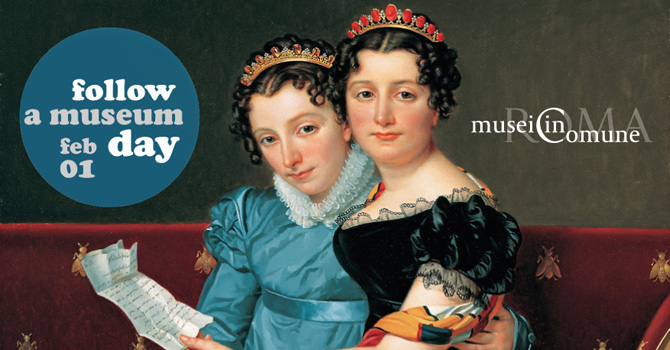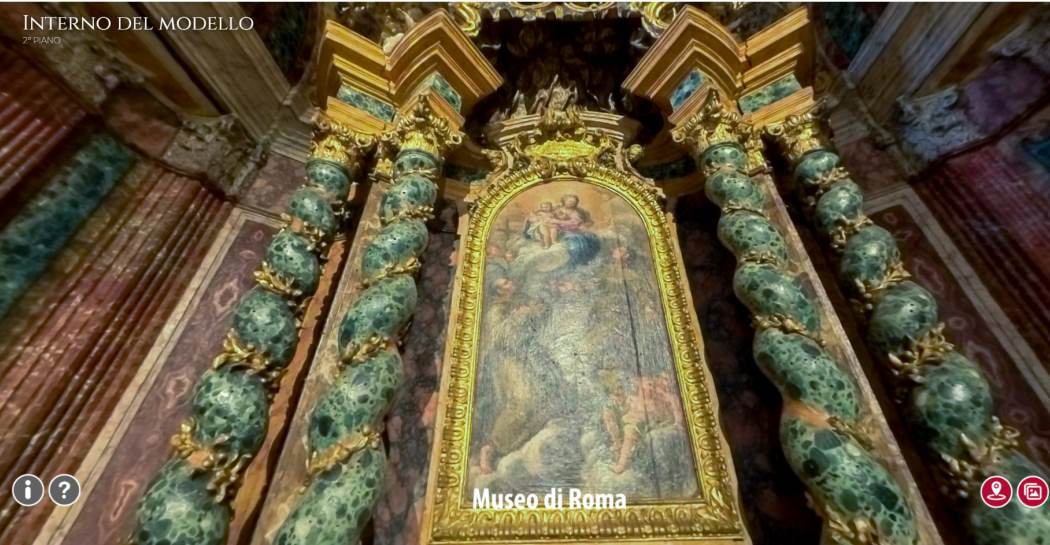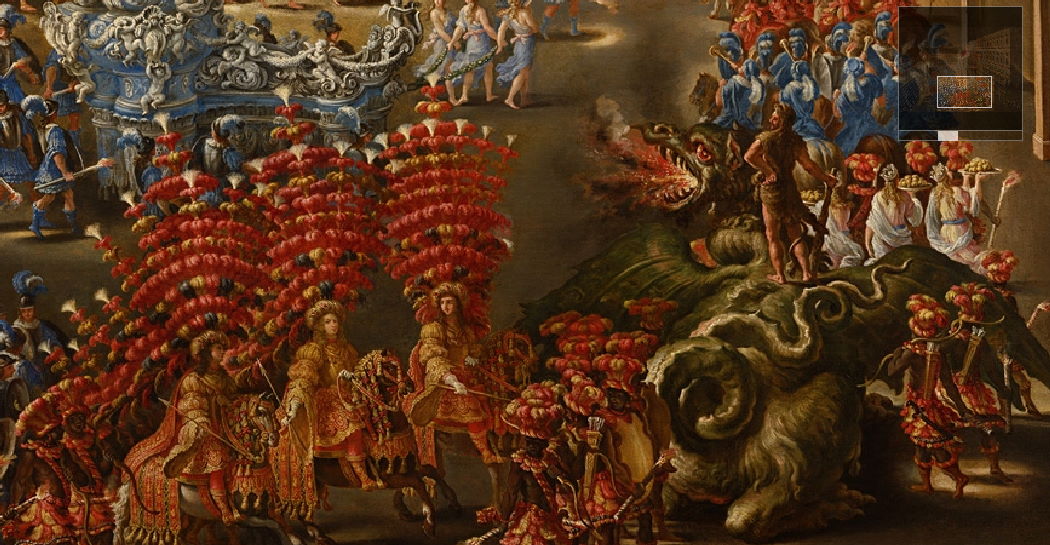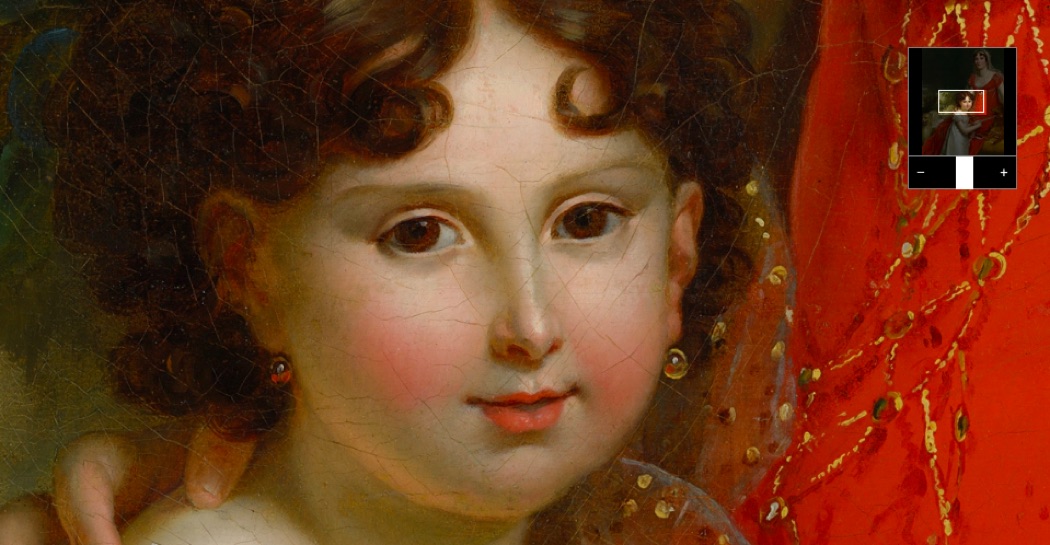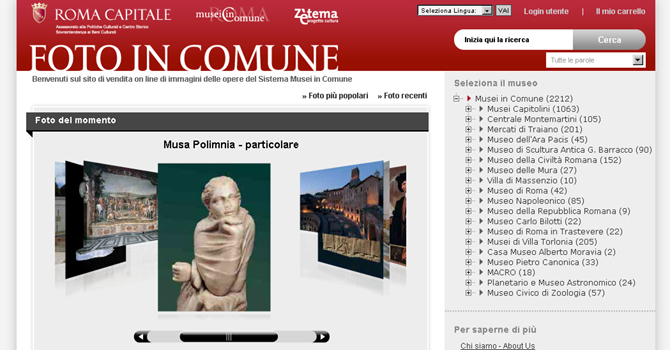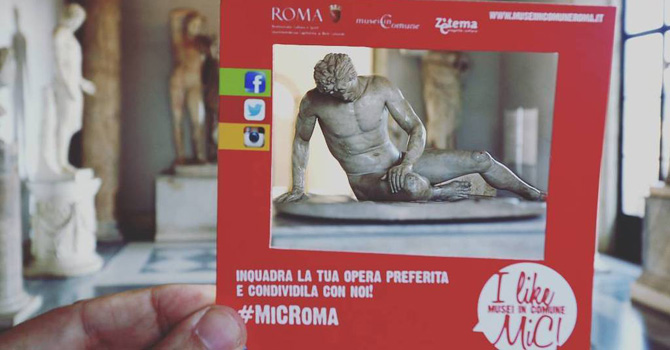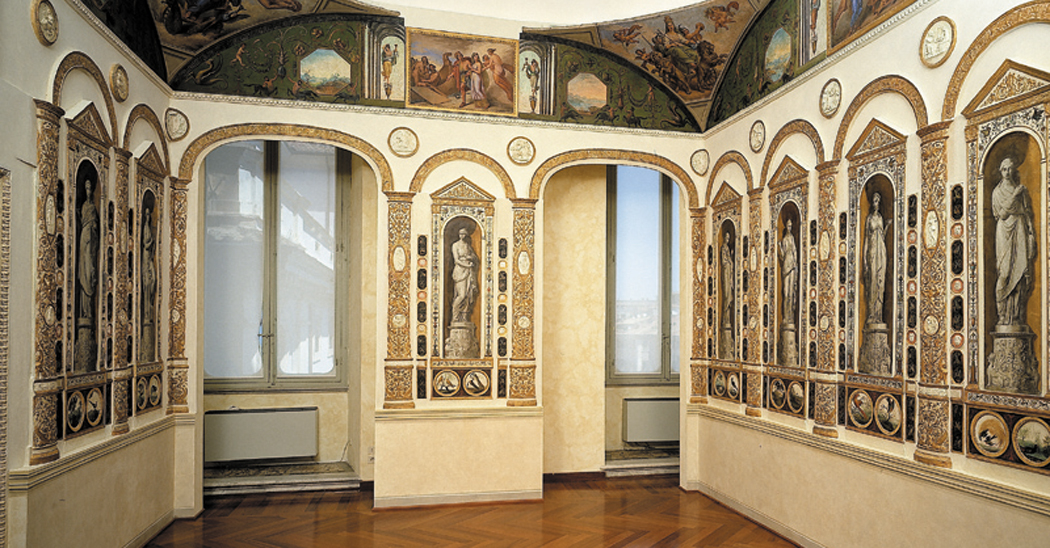Architecture and drawings
A group of drawings among the richest and most interesting of the Municipal Print Collection includes designs, sketches and academic copies on the subject of Roman architecture in the 18th century. They come mostly from the collection of Antonio Muñoz, who was the Director of Antiquities and Fine Arts of the Governorship of Rome, acquired in 1961, as well as the fund donated by Countess Pecci Blunt in 1971.The drawings enable us to perform a complete and in-depth study of the Roman architecture of the period. There are important plans like those of Nicola Salvi for the Trevi Fountain or those of Ferdinando Fuga for the façade of the Church of St. Apollinare. There is also the design presented by Luigi Vanvitelli at the competition for the façade of Saint John the Lateran, which was won by Alessandro Galilei in 1732.The municipal collection also contains documented drawings by the greatest architects working in Rome in the 18th century: from the two drawings of Filippo Juvarra about the Capitoline Hill from 1709, to the studies of Giuseppe Valadier for Piazza del Popolo that go back to the end of the century. The most interesting part of the collection, however, includes the works of the lesser-known artists of the period. These were artists working primarily on private commissions. It has been possible to reconstruct the careers of some of them such as Girolamo Torna, the pupil and follower of the Salvis. He made many academic drawings and copies of works by other masters. Lorenzo Possenti is another. He created a design for San Gallicano Hospital and then worked for the Pallavicini and Francesco Ferrazzi families. The latter were responsible for designs and constructions of a minor nature in the century in question (dwellings, fountains, wells, small altars) mainly middle-class in character, that have been mainly responsible for the appearance of Rome's historical centre.

































